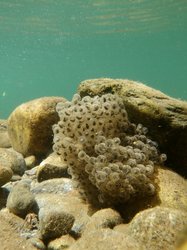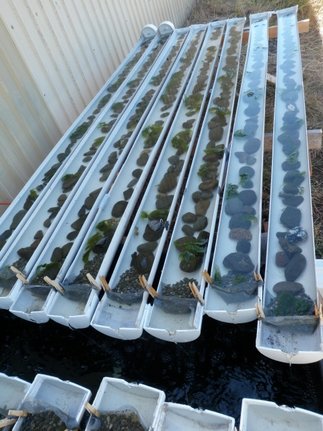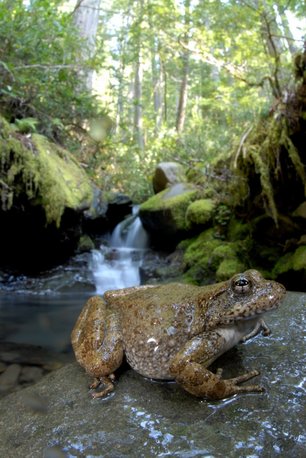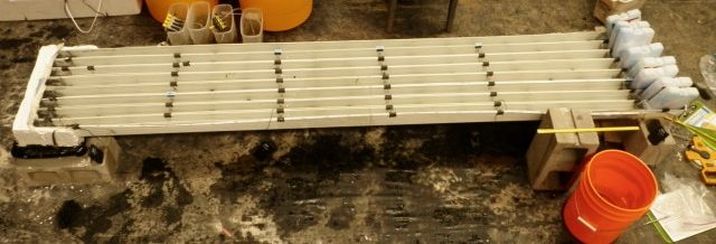| Dams have modified rivers worldwide, with regions such as the Sierran foothills of California being heavily impacted by changed in river flow, sediment transport, chemical and physical properties of rivers downstream of artificial reservoirs. Another important and undesirable consequence are changes in temperature such that conditions downstream of a dam may not be suitable to the riverine organisms that evolved with a given catchment. One iconic river-breeding organism is the foothill yellow-legged frog, Rana boylii. At present, R. boylii occupies less than half its historic range, due to the existence of large dams in many river systems. Dam-associated threats include loss of habitat when rivers are converted to lakes, and mortality when extreme variation in stream flow causes stranding and scouring of early life stages. |


Catenazzi A, Kupferberg SJ. 2017. Variation in thermal niche of a declining river-breeding frog: From counter-gradient responses to population distribution patterns. Freshwater Biol. ##:1–11. https://doi.org/10.1111/fwb.12942


 RSS Feed
RSS Feed